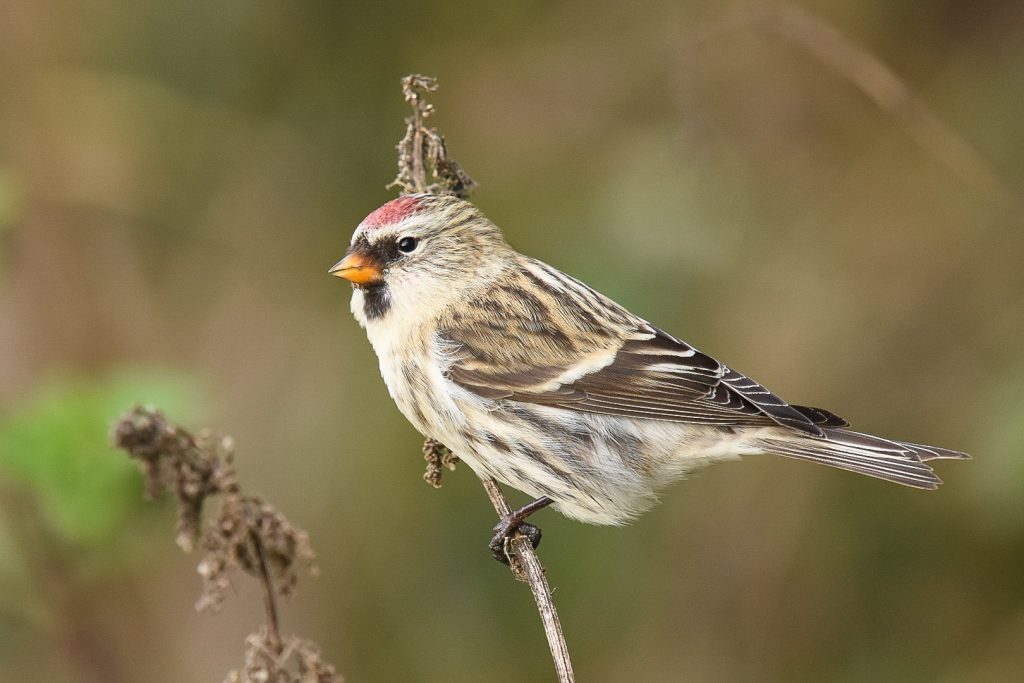After overnight rain, the day was mainly cloudy with a fresh northerly wind, temperatures struggling to reach 12C.
Birds passing the Fog Station was the main focus for the day and this provided top-notch late autumn seawatching. Although the number of birds were never great, there was constant interest with plenty of variety and included some high quality birds. The undoubted main feature was a White-billed Diver which passed north at 0950, other divers included a Black-throated, 4 Great Northerns and 49 Red-throats. Most birds were heading into the wind and other highlights comprised a Storm Petrel, 13 Sooty and 24 Manx Shearwaters, 17 Great, 20 Pomarine, 17 Arctic and 3 Long-tailed Skuas. Amongst the steady stream of auks was 193 Puffins and 42 Little Auks. Wildfowl was also well represented by 5 Whooper Swans, 9 Dark-bellied Brent Geese, 125 Wigeon, 47 Teal, a Pintail, 19 Eider, 3 Velvet and 132 Common Scoters and 3 Goldeneye. Also seen were a Grey Phalarope, a single Sabine’s, 2 Mediterranean and 24 Little Gulls, a Sandwich, 3 Common and 11 Arctic Terns. Owls were also noted coming in off the sea with a Short-eared, a Long-eared and two other unidentified Asios. Five Twite also flew over.
Though the sea drew most of the attention, land-based birding also proved profitable with a few new migrants being found. Two Yellow-browed Warblers were both considered new arrivals as were a Richard’s Pipit, 8 Mealy Redpolls, 10 Siskin and 18 Brambling. Seventeen Whooper Swans headed south over South Landing where the Velvet Scoter remained along with a House Martin overhead. Other immigrants included 2 Woodcock, 13 Goldcrest, 9 Chiffchaff, 3 Blackcaps and 2 Grey Wagtails. Thrushes, particularly Redwings, were fewer than in recent days though Blackbirds still numbered 150.
Meanwhile, at Bempton there were 2 tristis Chiffchaffs, including a new one, a blythi Lesser Whitethroat, a Willow Warbler and a Bonxie feeding on carrion.

Old Fall (Andy Hood)
